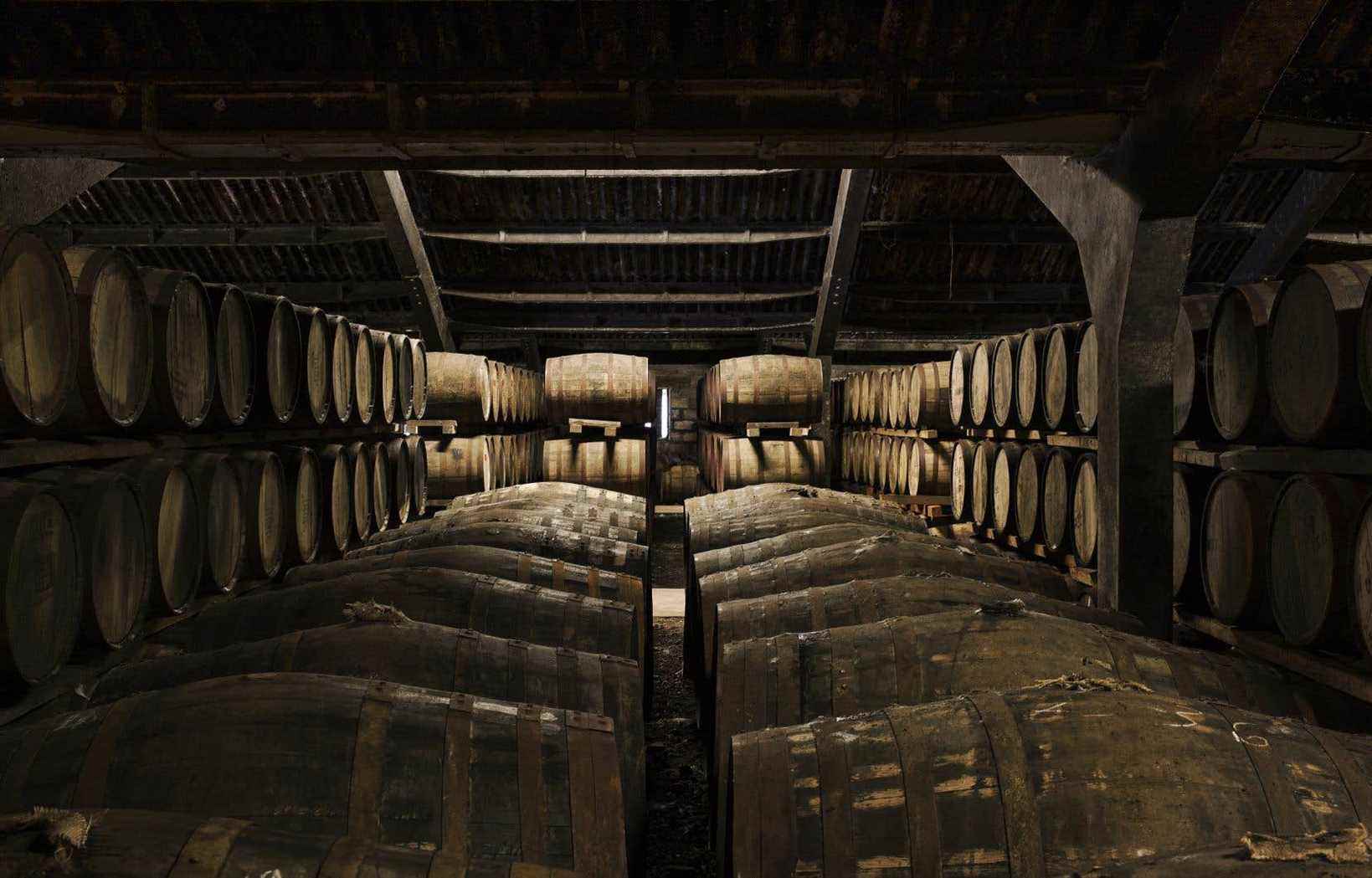No wine, but water! To celebrate this 2022 vintage. Water, yes, but packed with such fine energy that it will instill in you a dose of vitality to clear your mind until 2023. It is through the whiskey, that of Scotland, that the brandy is displayed this week, while The duty spoke with the Ambassador for Canada of Dalmore and Jura, Louis-Jérôme Barbosa-Doise. Interview by Jean Aubry.
As an ambassador for the house of Dalmore, how can you describe the spirit of this eau-de-vie so popular with scotch whiskey lovers?
The spirit of the Dalmore house is engrained in its heritage and the excellence of the craftsmanship that dates back over 180 years. The roots of the house actually go back to 1263, when Colin de Kintail, chief of the Mackenzie clan, saved the life of King Alexander III by slaying a wild deer. The twelve-pointed deer emblem has become a flagship element of the family crest, which we find today on each of our bottles.
Are scotch whiskeys undergoing a fashion phenomenon as is the case for example in the world of wine with organic or orange wines?
Over the past 10 years, we have seen the start of the fashion trend for organic and biodynamic whiskeys. Keep in mind that in order to create a Scotch whiskey it needs to be aged for at least three years, so these projects take time; just like with wines where the land must be cleaned up in order to ensure that any pesticide is dissolved before being able to claim the organic label.
You have provided three samples to Duty, namely the Jura 10 years, The Dalmore 12 years and The Dalmore Port Wood Reserve. Could you briefly tell us about these distillates?
The Jura Distillery is located on an island of the same name off the west coast of Scotland. Founded in 1810, it produces a whiskey that is unique in the world by distilling peated and unpeated whiskey, the peat being the element that adds the smoky side to the whiskey, typical of this region. The 10-year-old Jura is a blend of 95% unpeated whiskey and 5% peated whiskey that unite during the last months of their ten-year maturation in Oloroso sherry casks. The 12 year old Dalmore represents the soul of the distillery. For over 150 years, this house has placed at the heart of its aging process the importance of using barrels from the best vineyards and bodegas around the world, including Methuselah Oloroso barrels over 30 years old from Gonzalez. Byass. Dalmore Port Wood Reserve begins its aging in American ex-bourbon oak barrels, but continues the aging process in W. & J. Graham’s Port wine barrels.
It seems to us that the number of eaux-de-vie with mention of age is becoming scarce, that there are less than 10, 12, 15 or 20 years on the market in favor of cuvée without mention of age. Is this true, and if so, what justifies this reality?
There is discontent among whiskey geeks and your question is not simple. If we go back to just 30 years ago, “blends” were king, and the age of whiskey had a much smaller connotation. Then, with the rise of large single malt distilleries selling under their name like Dalmore, Bowmore or Glenmorangie, consumers became more accustomed to seeing age statements and associating the age of the whiskey with a gauge of quality. . However, a 10 year old whiskey must be a minimum of 10 years (or older), a 12 year old a minimum of 12 years of age and so on.
